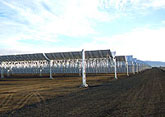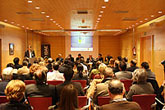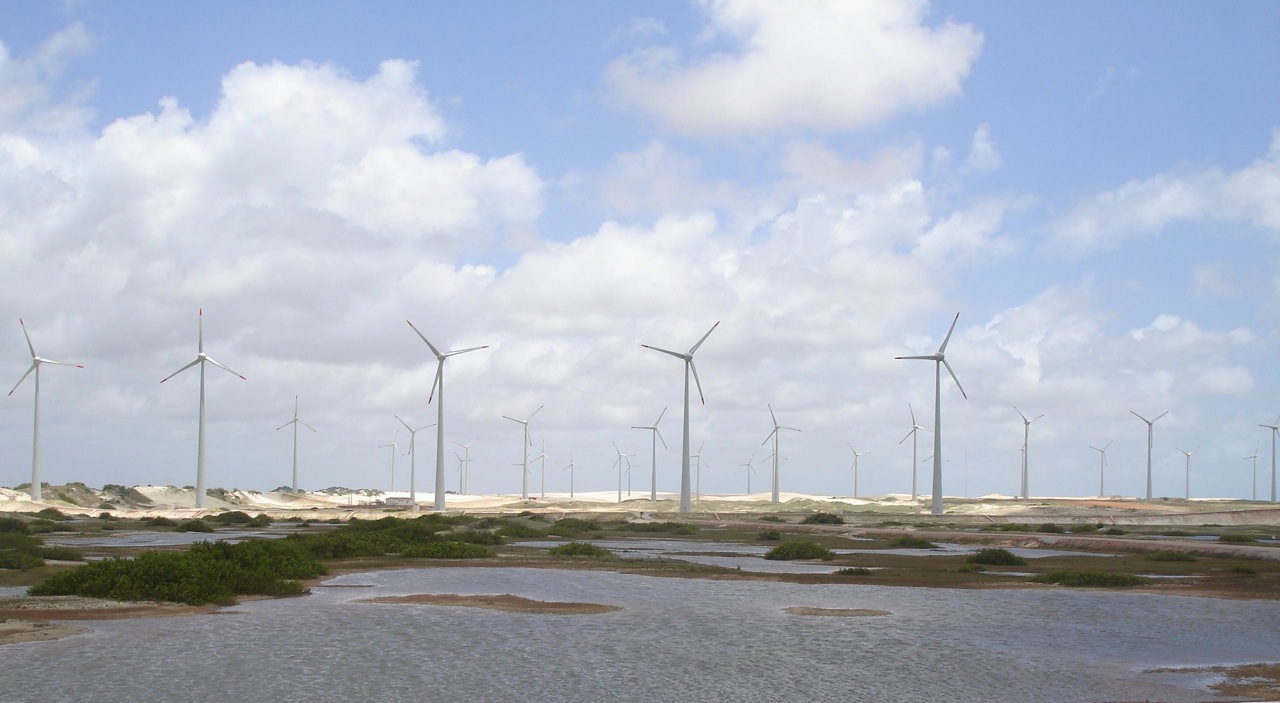It can be a reality that households almost completely eliminate their CO2 emissions. Panasonic shows through its project «Smart House» in Ariake (Tokyo), a house where one can experience what it is like to live with almost zero emissions thanks to efficient appliances and the combination of solar power generation, fuel cells and storage batteries.
The Panasonic ‘Smart House’ features the four pillars to make a home efficient: saving, self-generation of energy, energy storage and power management .
Saving energy
Today the energy label indicates the appliances’ energy efficiency . In this regard, Panasonic is committed to having over 80% of their models labeled in one of the first two energy efficiency classes by 2016. Thus, for example, Panasonic’s refrigerators have an insulation panel called U- Vacua, allowing 20 times more insulation than traditional panels.
Other examples of technology are smart sensor systems capable of controlling the intensity of sunlight, movement, activity level and human absence, automatically adjusting the cooling output and saving energy efficiently. This saves energy up to 38% in cooling mode and up to 45 % in heating mode. These sensors can also be found in household appliances such as washing machines. The rotation speed is adjusted to optimize the effect of the clothes falling inside the drum and maximize water and energy performance.
Lighting is also very important in saving energy in a home, and using a Panasonic LED bulb instead of a traditional light bulb means consuming about 85 % less energy. In addition, LED bulbs have a service life up to 40 times higher than incandescent bulbs , so not only do they consume less, but they last longer providing 40,000 hours of light.
Power Generation
For a home to be efficient it is essential that it has the tools to generate energy by itself with minimal CO2 emissions. Solar panels are one of those tools for which Panasonic is firmly betting. So much so, that the company aims to be one of the three leaders in the field of solar panels by 2016 thanks to the series Panasonic Home Solar Power Generation System HIT.
Another tool for energy generation is the fuel cell for home use. Fuel cells are a highly efficient method and are used to generate electricity through an electrochemical reaction between hydrogen and oxygen. Furthermore, the remaining residual heat of this reaction is used to generate hot water. This system can save around 1.5 tons of CO2 emissions annually, compared with a house that runs on electricity and heat based on a gas heating system.
Energy storage
The storage of energy in a home is achieved through a combination of solar power generation, fuel cells and storage batteries. Devices such as Panasonic lithium -ion batteries allow to conserve energy and ensure stable power supply contributing to the comprehensive implementation of products with environmental focus in the market, such as electric vehicles.
Energy Management
Control of when, how and how much is consumed from anywhere is also part of the zero emissions lifestyle. That is why the smart homes of the future will integrate systems for home energy managing such as Panasonic’s Smart Home Energy Management System (SMARTHEMS). The main features of this system, which incorporates AiSEG (Artificial Intelligence ( AI) and Smart Energy Gateway ( SEG ) ) are to measure in real time the consumption of electricity, water and gas, and control the house via computer- allowing connection and control of electrical equipment and appliances in the home.
And all under the use and development of the concept of cloud to connect devices and to anticipate or respond to user needs.
Carlos Sánchez Criado
Publicista por la Universidad Complutense. Director comercial de publicaciones técnicas del sector de la energía durante doce años. Director de Energy News Events, S.L. desde 2012 difundiendo información en Energynews.es, movilidadelectrica.com e hidrogeno-verde.es. Y por supuesto, organizando eventos como VEM, la Feria del Vehículo Eléctrico de Madrid.

























